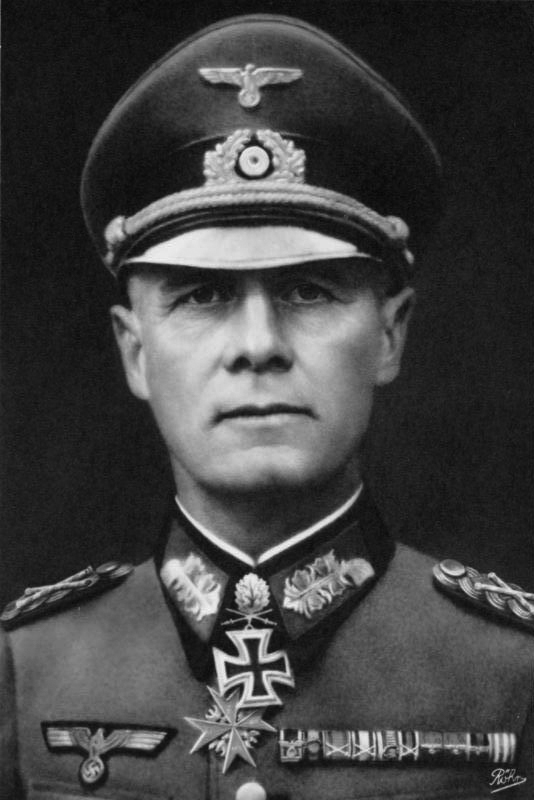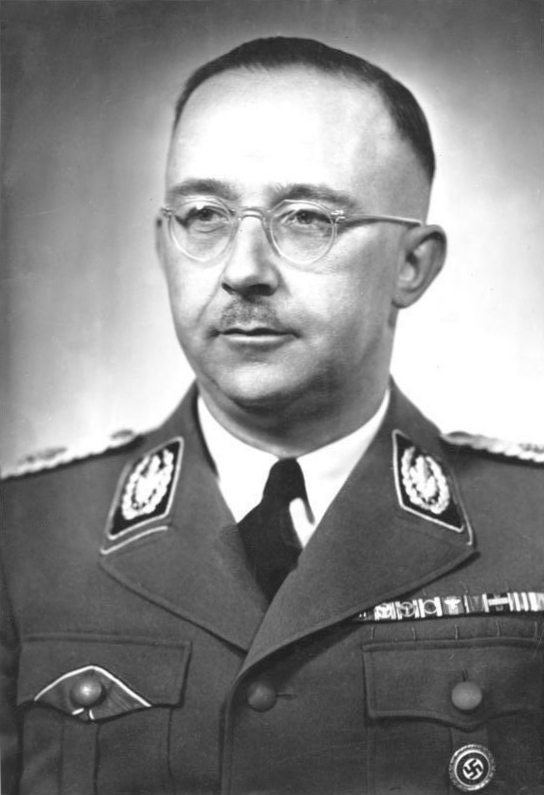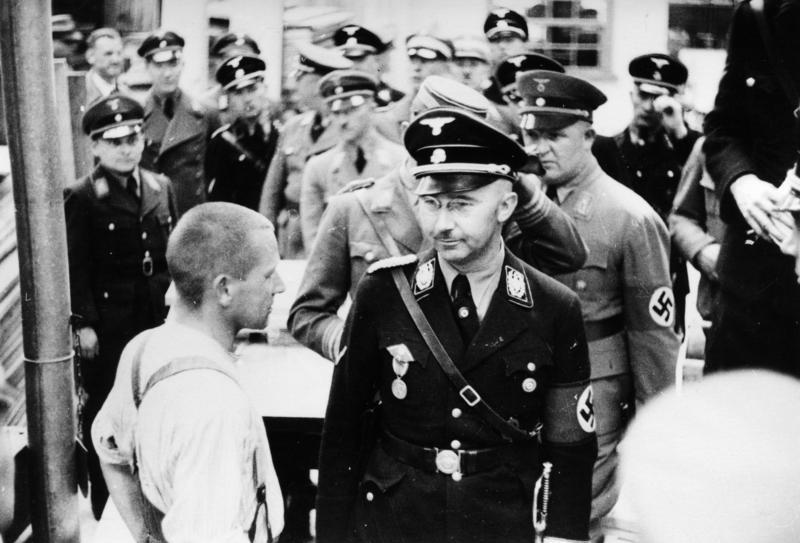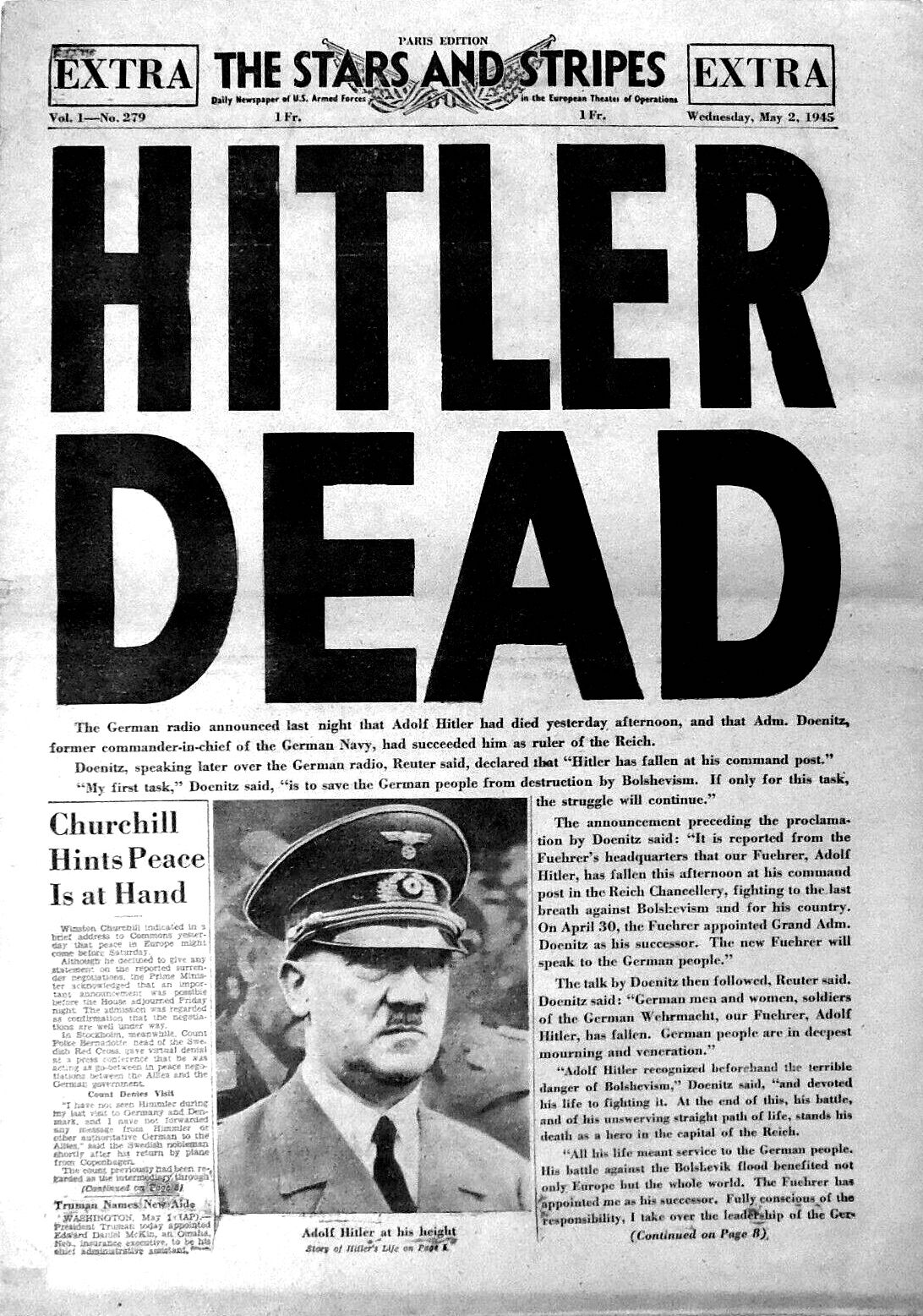In 1923, the future Nazi minister for propaganda, Joseph Goebbels, wrote a novel. Eighty years later, a carbon copy bearing the author’s corrections and amendments, came up for auction in Connecticut. 158 pages long, Michael Voormann: A Man’s Fate in the Pages of a Diary is written as a diary and is both autobiographical and a tribute to Goebbels’ friend, Richard Flisges, to whom the novel is dedicated.
Goebbels and the First World War
 One imagines there’s a degree of envy here – born on 29 October 1897, Joseph Goebbels was old enough to fight in the First World War but was rejected due to his clubfoot. (Throughout his life he had to wear a special shoe to compensate for his shorter leg.) After the war, he sometimes liked to pretend that his disability was in fact a war wound. In his novel, Michael, in common with Flisges, sees active service on the Eastern Front during the Great War; Michael’s war record a reflection of Goebbels’ wishful thinking.
One imagines there’s a degree of envy here – born on 29 October 1897, Joseph Goebbels was old enough to fight in the First World War but was rejected due to his clubfoot. (Throughout his life he had to wear a special shoe to compensate for his shorter leg.) After the war, he sometimes liked to pretend that his disability was in fact a war wound. In his novel, Michael, in common with Flisges, sees active service on the Eastern Front during the Great War; Michael’s war record a reflection of Goebbels’ wishful thinking.
Michael returns to a democratic Germany, seeking revolution and answers, but not sure where to find it. Michael is a socialist and a Christian, attempting to write a play about Jesus (as indeed Goebbels had) in which he describes Jesus as one of the greatest men to have lived.
Goebbels in Love
While at college, Michael falls in love with a Hertha Holk (based on Goebbels’ first but unrequited love, Anka Stalherm, whom he met at Heidelberg University, from where he would receive a doctorate in literature). After their split up, Michael finds work in the mines and just as things are coming together for him, is killed in a mining accident – a fate that had befallen Flisges in July 1923.
One recent review of Michael describes its characters as ‘never rising above their basic two-dimensionality; they are cardboard cut-outs whose greatest glory is to become sounding boards for the author’s lugubrious philosophizing’.
Goebbels’ parents had hoped he’d become a priest (as did Stalin’s mother of her son). But Joseph dreamt of being a writer and wrote numerous plays, poems and articles but Michael was his only novel. His literary aspirations however fell well short of his expectations – Michael was eventually published in 1929 by the Nazi’s own publishing house, Eher-Verlag, but merely on the back of Goebbels’ growing status within the party. Back in the early twenties, unable to make a living as a writer, Goebbels was forced to find employment, working on the stock exchange and as a bank clerk, both of which he loathed.
Both great and simple
Goebbels joined the Nazi Party in 1922, seduced, as many were, by the charisma of its leader, Adolf Hitler. But for a couple of years, Goebbels sided with the more socialist side of the party, a division that momentarily threatened to split the movement. ‘I no longer fully believe in Hitler,’ Goebbels confided to his diary. Hitler went on the offensive and through a mixture of bullying and charm, healed the rift. Goebbels was left reeling and utterly in awe of Hitler. From then on, he devoted his life to his leader and remained loyal to the last. ‘Adolf Hitler, I love you because you are both great and simple at the same time. What one calls a genius.’
In 1926, just four years after joining the party, Goebbels was made Gauleiter of Berlin and, in 1929, appointed the party’s propaganda minister where he edited a weekly newspaper called Der Angriff (The Assault). In 1933, following Hitler’s assumption of power, he became the Reich Minister for Public Enlightenment and Propaganda.
Goebbels married Magda Ritschel on 19 December 1931, with Hitler as a witness. They were to have six children, all of whose names began with an H in honour of Hitler.
Following Hitler’s suicide on 30 April 1945, Goebbels succeeded him as chancellor, a post he was to retain for a single day. With the Red Army bearing down on Berlin and defeat inevitable, Goebbels and his wife couldn’t bear the thought of their children living in a post-Hitler world. Thus, on 1 May, they drugged up their children, aged four to twelve, on morphine, then, with the help of a doctor, crushed ampules of cyanide into their mouths. The girls had ribbons tied in their hair. A couple of hours later, Magda and Goebbels walked out into the Reich Chancellery garden. Goebbels shot his wife and then himself.
In 1987, the novel was published for the first time in English, published by Amok Press.
The auction house, Alexander Autographs, had hoped the book would sell for $10,000 to $12,000 (£6,400 to £7,600). However, it remains unsold. But it did sell Hitler’s accounts book, a 175-page handwritten ledger covering his expenses during the last year of his life.
 Rupert Colley.
Rupert Colley.
Read more in The Clever Teens’ Guide to Nazi Germany, available as ebook and paperback (80 pages) on Amazon, Barnes & Noble, Waterstone’s, Apple Books and other stores.
Like this:
Like Loading...
 Born 15 November 1891, Erwin Rommel was, as Churchill suggests, respected as a master tactician, the supreme strategist who, in 1940, helped defeat France and the Low Countries and then found lasting fame when sent by Hitler to North Africa where, commanding the Afrika Korps, he earned the sobriquet, the Desert Fox. Germany, his nation, adored him, his troops loved him, Hitler treasured him and his enemies respected him. His Afrika Korps was never charged with any war crimes and prisoners of war were treated humanely. When his only son, Manfred, proposed joining the Waffen SS, Rommel forbade it.
Born 15 November 1891, Erwin Rommel was, as Churchill suggests, respected as a master tactician, the supreme strategist who, in 1940, helped defeat France and the Low Countries and then found lasting fame when sent by Hitler to North Africa where, commanding the Afrika Korps, he earned the sobriquet, the Desert Fox. Germany, his nation, adored him, his troops loved him, Hitler treasured him and his enemies respected him. His Afrika Korps was never charged with any war crimes and prisoners of war were treated humanely. When his only son, Manfred, proposed joining the Waffen SS, Rommel forbade it. As a two-year-old in 1903, Nadezhda, or Nadya, Alliluyeva was reputedly saved from drowning by the visiting 25-year-old Stalin. When staying in St Petersburg (later Petrograd), Stalin often lodged with the Alliluyev family. We don’t know for sure but he may have had an affair with Olga Alliluyeva, Nadya’s mother and his future mother-in-law.
As a two-year-old in 1903, Nadezhda, or Nadya, Alliluyeva was reputedly saved from drowning by the visiting 25-year-old Stalin. When staying in St Petersburg (later Petrograd), Stalin often lodged with the Alliluyev family. We don’t know for sure but he may have had an affair with Olga Alliluyeva, Nadya’s mother and his future mother-in-law. The following morning, servants found Nadya dead – she had shot herself with a pistol given to her by her brother, Pavel Alliluyev, as a present from Berlin. (Pavel, who was there that morning and comforted his grieving brother-in-law, would die in suspicious circumstances six years later, aged 44. Indeed, most of the Alliluyev clan would suffer early deaths on the orders of Stalin. His daughter, Svetlana Alliluyeva, wondered whether Stalin would eventually have had her own mother arrested).
The following morning, servants found Nadya dead – she had shot herself with a pistol given to her by her brother, Pavel Alliluyev, as a present from Berlin. (Pavel, who was there that morning and comforted his grieving brother-in-law, would die in suspicious circumstances six years later, aged 44. Indeed, most of the Alliluyev clan would suffer early deaths on the orders of Stalin. His daughter, Svetlana Alliluyeva, wondered whether Stalin would eventually have had her own mother arrested). Rupert Colley.
Rupert Colley. In 1928, Hitler offered his sister the position of housekeeper in his Bavarian mountain retreat. Angela arrived with her two daughters, Elfriede and nineteen-year-old Angela, known as
In 1928, Hitler offered his sister the position of housekeeper in his Bavarian mountain retreat. Angela arrived with her two daughters, Elfriede and nineteen-year-old Angela, known as  Heinrich Himmler was born the son of a Catholic
Heinrich Himmler was born the son of a Catholic  Himmler suffered from various psychosomatic illnesses and intense headaches and was shocked and sickened by what he saw when visiting the camps he administered. Yet he remained determined that the work should continue, however distasteful.
Himmler suffered from various psychosomatic illnesses and intense headaches and was shocked and sickened by what he saw when visiting the camps he administered. Yet he remained determined that the work should continue, however distasteful. One imagines there’s a degree of envy here – born on 29 October 1897, Joseph Goebbels was old enough to fight in the First World War but was rejected due to his clubfoot. (Throughout his life he had to wear a special shoe to compensate for his shorter leg.) After the war, he sometimes liked to pretend that his disability was in fact a war wound. In his novel, Michael, in common with Flisges, sees active service on the Eastern Front during the Great War; Michael’s war record a reflection of Goebbels’ wishful thinking.
One imagines there’s a degree of envy here – born on 29 October 1897, Joseph Goebbels was old enough to fight in the First World War but was rejected due to his clubfoot. (Throughout his life he had to wear a special shoe to compensate for his shorter leg.) After the war, he sometimes liked to pretend that his disability was in fact a war wound. In his novel, Michael, in common with Flisges, sees active service on the Eastern Front during the Great War; Michael’s war record a reflection of Goebbels’ wishful thinking. Rupert Colley.
Rupert Colley.
 A week later, just past midnight on 29 April, in a ten-minute ceremony, Hitler married his long-term partner,
A week later, just past midnight on 29 April, in a ten-minute ceremony, Hitler married his long-term partner, 
 Read more in The Clever Teens’ Guide to Nazi Germany, available as ebook and paperback (80 pages) on
Read more in The Clever Teens’ Guide to Nazi Germany, available as ebook and paperback (80 pages) on  Peace-loving and gentle
Peace-loving and gentle At the time Hitler had taken upon himself the responsibility of looking after his 21-year-old niece,
At the time Hitler had taken upon himself the responsibility of looking after his 21-year-old niece,  The Prague Spring had been led by Czechoslovakia’s new communist party chairman, Alexander Dubcek, appointed in January 1968. Although claiming to be loyal to his Soviet masters in Moscow, Dubcek ushered in a period of political and cultural freedom unheard of in the previous twenty years of Czechoslovakian communist rule. The Soviet leadership, under Leonid Brezhnev (pictured), became increasingly concerned with what they considered Dubcek’s treachery and Czechoslovakia’s counterrevolution and demanded he reversed the reforms.
The Prague Spring had been led by Czechoslovakia’s new communist party chairman, Alexander Dubcek, appointed in January 1968. Although claiming to be loyal to his Soviet masters in Moscow, Dubcek ushered in a period of political and cultural freedom unheard of in the previous twenty years of Czechoslovakian communist rule. The Soviet leadership, under Leonid Brezhnev (pictured), became increasingly concerned with what they considered Dubcek’s treachery and Czechoslovakia’s counterrevolution and demanded he reversed the reforms. At the time of his birth, Goring’s parents were stationed in Haiti, his father working for the German consul there. His mother returned to Germany to give birth, then promptly returned to Haiti, leaving baby Hermann with a friend, not to see her child again for three years.
At the time of his birth, Goring’s parents were stationed in Haiti, his father working for the German consul there. His mother returned to Germany to give birth, then promptly returned to Haiti, leaving baby Hermann with a friend, not to see her child again for three years.